Okay, so I’m starting to see a pattern here. Lotus, as lovely as they are, has been beating the hype machine drum every two or three months about a “new” model. If this were a major car manufacturer, this article would be nothing but calling them out for being stupidly old school and calling a trim package a “new” model.
But this is Lotus, and most importantly, with all these new Evora variants, they actually feature improvements to the car in terms of performance and design.
Reclaiming The Title
When the Evora fist came out, it was a bit of a puzzle to a lot of hardcore sports car types, and especially Lotus fanatics. It came out right in the middle of that whole Dany Bahar era of 100% horse manure (“Lotus cars aren’t about performance, they are about fashion and luxury”), and the overall layout, that 2 + 1 seating thing, struck a lot of people as odd and unnecessary. Then cooler heads prevailed, Bahar was run out of Hethel on a rail, and performance engineers took control and steered Lotus back on a course that benefits us all. Okay, all us gearheads, because to my knowledge, Lotus has never made a grocery-getter or kid picker-upper and if they ever do, we’re going to have a scrap on our hands.
Performance Engineering
As the name implies, the Lotus Evora GT430 Sport is a further variation and improvement on the GT430. There’s some slight nips and tucks here and there to make it prettier (in a way) and some judicious massaging of the drivetrain and chassis to make it do what Lotus cars have always done: Go, turn, and stop much better than you’d expect.
The Lotus Evora GT430 Sport is part of the extended Evora family, which also has the Evora 400, Evora Sport 410, and the recent addition of the Evora GT430. The new Evora GT430 range (that would be the GT and the Sport) includes two body options and a choice of manual or automatic transmission. To some, the thought of a slush box in a Lotus is outright blasphemy, but put down those pitchforks and torches for a second and hold up. We’ll get to why the automatic in the Evora is actually a pretty good deal. Like its GT430 sibling, the Evora GT430 Sport is motivated from county to county by the same 3.5-liter V6 supercharged engine that cranks out 430 horsepower and 440 Nm of torque, or 317 lb-ft.
Weight & Aerodynamics
The Evora GT430 Sport tips the scales at 10 kilos (22 pounds) less, for a total of 1,248 kg or right around 2,750 pounds. Divide that by the 430 horses and you come up with a power-to-weight ratio of 345 horsepower / tonne (that’s a metric ton) which guarantees you this little car is going to flat out fly when you mash the pedal. As a matter of fact, the Evora GT430 Sport has a top speed of 196 mph, making it the fastest Lotus production car ever.
The easiest way to tell the Sport apart from the Evora GT430 is how the Sport has “motorsport derived aerodynamics.” This is a very polite and British way of saying the flips, kicks, spoilers, and such are not Vin Diesel-inspired cake decorations of no performance utility, oh no. There’s a carbon fiber splitter and a large, profiled carbon wing to suck you onto the tarmac. Louvers at the top of each front wheel arch to cut lift and reduce pressure within the wheel well. The GT430 Sport also has wider wheels and tires.
Transmission, Live Wire
Now, about that automatic transmission and why we will not be marching on Lotus HQ for a righteous stoning – at least not today. That automatic transmission will be available for both of the GT430 models. If you opt for the automatic transmission, you will net 10 Nm more torque (for a total of 450 Nm or around 332 lb-ft.). The bottom line is, get this, that the automatic version is even quicker than the manual GT430. 60 mph comes up in a pretty scant 3.6 seconds.
To make a transmission that usually implies less performance actually give you more performance, the Lotus six-speed automatic has an optimized gearbox ECU for ultra-fast changes from cog to cog. Gear selection is made from the driver’s seat via lightweight aluminum paddles mounted to the steering wheel, natch.
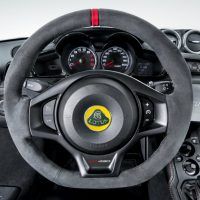
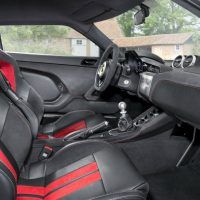
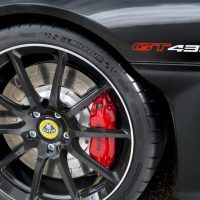
Speed Tech
Other go-fast-goodies include standard Öhlins TTX two-way adjustable dampers (which would have given A.C.B. Chapman fits, if he were still with us), J-grooved and ventilated brake discs, AP Racing four-piston calipers at all four corners, a lovely Torsen-type limited slip differential, and an adjustable traction control system in case that Torsen isn’t good enough for you, and you have a right foot closer to a ham than what Jimmy Clark had on the end of his leg.
The GTs, both the Sport and “normal” are available now. They are more than most of us can afford, but I, for one, still want one of these … or two. Life is too short for boring cars.
Tony Borroz has spent his entire life racing antique and sports cars. He means well, even if he has a bias toward lighter, agile cars rather than big engine muscle cars or family sedans.
Photos & Source: Lotus Cars USA Inc.
from Automoblog.net http://www.automoblog.net/2017/09/21/lotus-evora-gt430-sport-joins-party/
via IFTTT
from Tumblr http://peternpalmer.tumblr.com/post/165588589271
via IFTTT
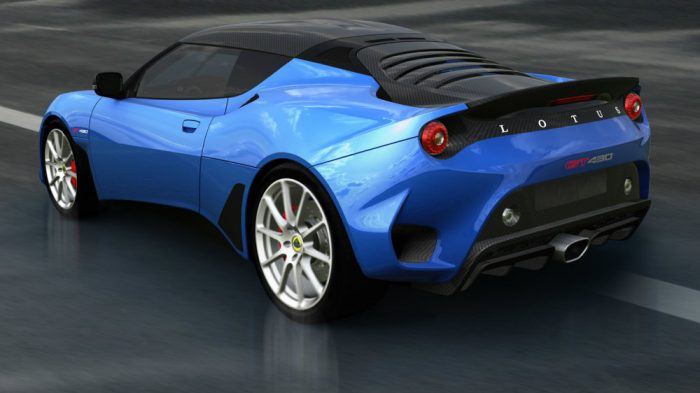
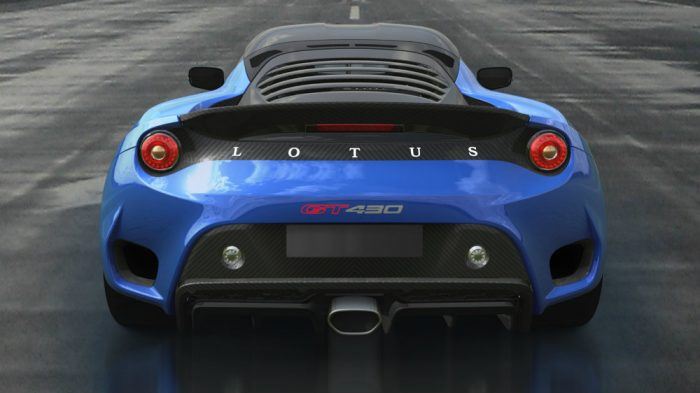
No comments:
Post a Comment